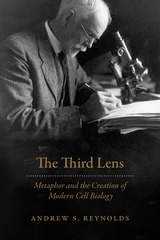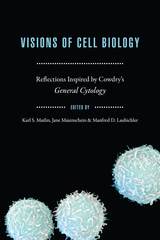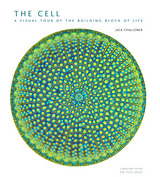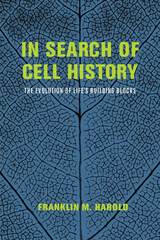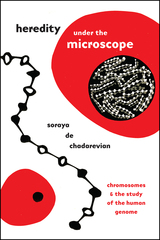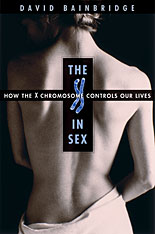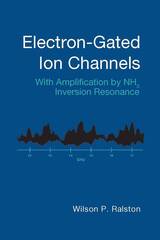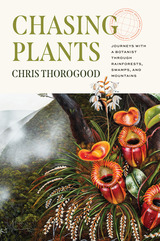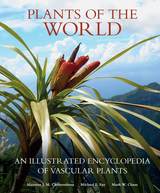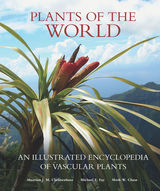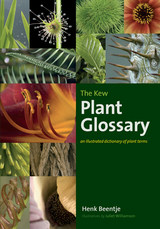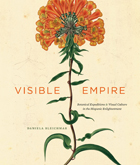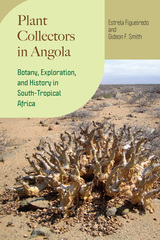Cloth: 978-0-674-07406-4
Library of Congress Classification QH605.B327 1985
Dewey Decimal Classification 574.8762
This synthesis of thirty-five years of intensive investigation comes at a particularly propitious moment. Since the Second World War, cell biology and molecular biology have worked separately in probing the central question of cancer research--how do cells divide?--biology focusing on cell behavior in isolation and as part of tissues and organs, molecular biology concentrating on individual biochemical steps, especially as controlled by genes. But now a new alliance is being forged in the continuing effort to conquer cancer. New discoveries point to the value of an interdisciplinary approach, and for the first time scientists from both camps are struggling to catch up on one another's literature.
Baserga's work provides the unifying background for this cross-fertilization of ideas. It begins with the growth of cell populations and how cells interact with each other. The second section goes within the cell to consider the effect of drugs, the use of temperature-sensitive mutants of the cell cycle, and the use of cell fusion to understand how cells divide. The third section turns to the molecular genetics of cell proliferation, the growth factors, and the genes and gene products that regulate cell division.
Drawing on more than five hundred classic and recent references, the book is comprehensive yet refreshingly readable. It will provide a congenial and sophisticated introduction for students as well as working scientists.
See other books on: Biology | Cell Biology | Life Sciences | Science
See other titles from Harvard University Press

